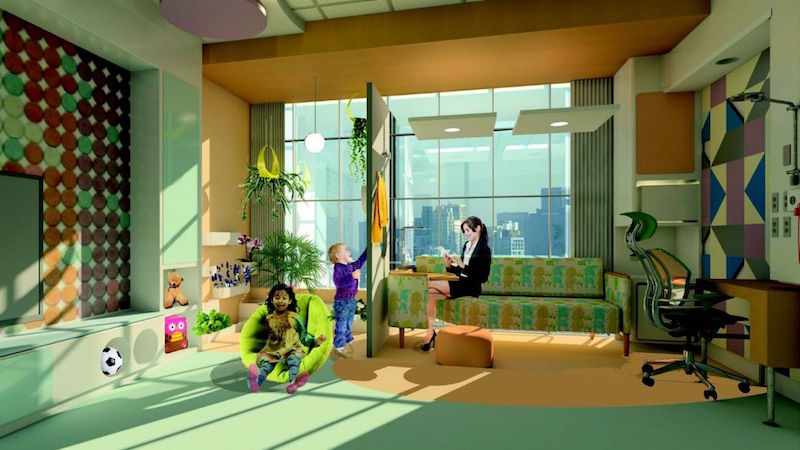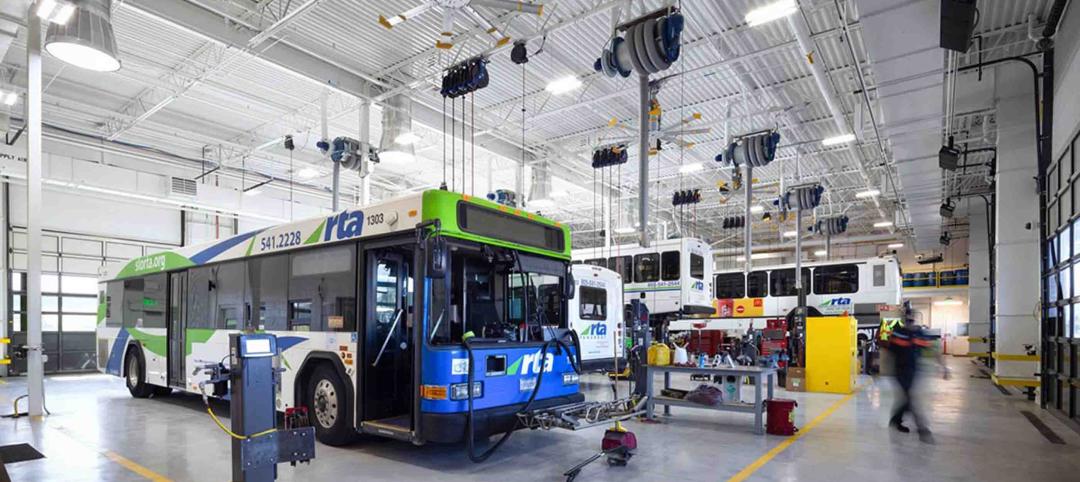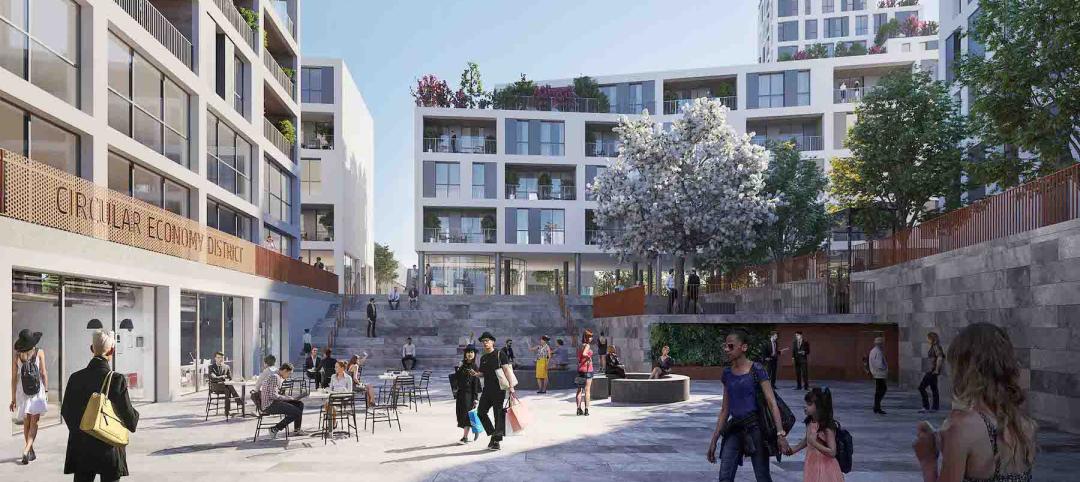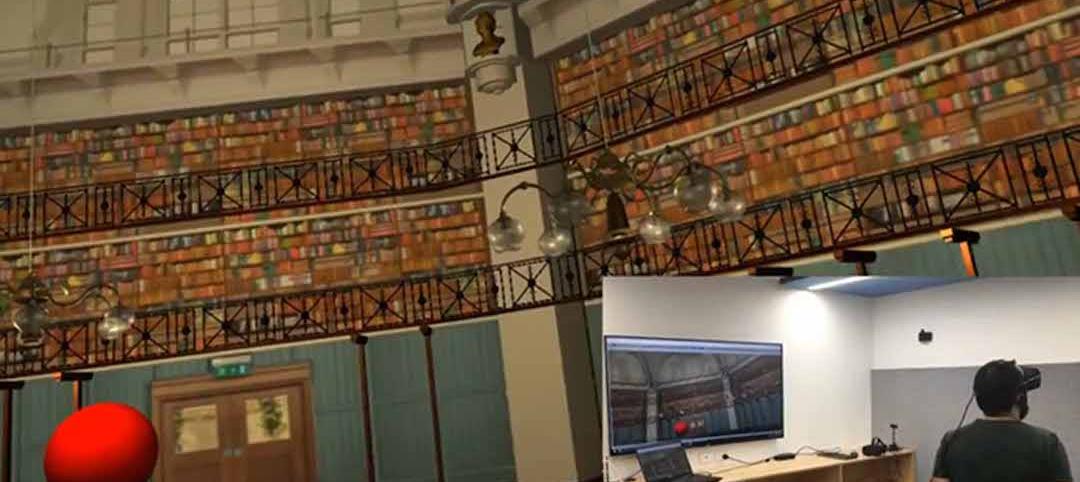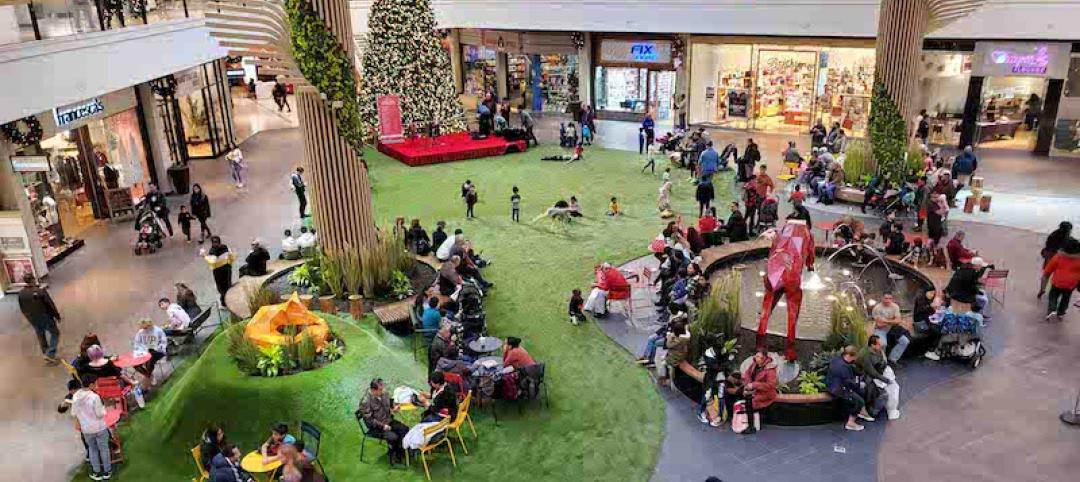When we think of healthcare communities and children, we commonly picture them in a campus-wide daycare center that serves staff and their children or as patients in the pediatric department. But children are present in healthcare settings in other ways that are little understood, not often studied, and rarely designed for.
Naturally, children often must accompany their parents (even grandparents) to the adult’s diagnostic and treatment activities whether in an inpatient or outpatient setting. We tend to view the presence of children as pleasant and joyful, but the truth is that children accompany adults in all kinds of everyday situations, some mundane and some uncomfortable.
We know very little about the impact of the presence of children on the ability for quality healthcare to occur. The truth is that children accompanying adults in the healthcare setting can be an impediment to both the patient seeking care and the caregiver’s ability to work.
When parents are hospitalized
How can the design of healthcare settings accommodate children when their parents are being hospitalized? Several years ago, Jingfen Guo’s winning Interior Design Educators Council (IDEC) competition thesis (advised by Professor Jihyun Song at Iowa State University) answered that little-asked question with a design for a convertible patient room that can accommodate children when their parents are hospitalized in an inpatient setting. Below we expand on this intriguing challenge with a look at both inpatient and outpatient settings and their challenges, with strategies for addressing these potential impediments.
Design characteristics to consider
The question to ponder is what constitutes a cohesive patient room environment for a hospitalized parent and their children? What characteristics would define this space? How would this space be addressed when a parent may be seeking medical care in an outpatient setting, such as the local doctor’s office, or the OB/GYN clinic?
Creation of a child-friendly space includes addressing the unique physical and biological characteristics that make children vulnerable to environmental hazards while providing a rich and educational environment containing a variety of stimuli and activities. We believe a child-friendly patient room must provide an interior environment that is therapeutic, controllable, and engageable for both patient and their children.
Below, we have identified five fundamental goals for the patient room that can ensure that we create a sustainable, efficient, and safe space for our younger guests in healthcare settings.

1. Engagement of the child
During their time at home or school, children tend to keep busy with some combination of work, play, or entertainment. It is important to design environments at the hospital where children can stay similarly engaged and active. In Professor Guo’s design, a “Family Zone” (see above) provides an enlarged magnetic white board where the kids can draw. In the sensory corner, children or parents can smell, touch, and care for plant life.

2. A sense of control
In the home, children have their own spaces and can decide where to sit and what to do. In Professor Guo’s design, one of the main goals is to create a positive space where the family feels empowered by a sense of control. This includes the ability to set temperature and lighting, and adjust the use of the space and furniture. Features such as flexible storage compartments give children a place to store a backpack or toy. (see Footwall above).
3. Safe environment
The child-friendly environment must keep children safe from both infection and accidental collisions while promoting physical comfort. We can help create this environment by designing and specifying products that look good and function well. We can minimize sharp corners in furnishings, for example, or specify a slip-resistant rubber floor that attenuates sound. Elsewhere, we can suggest adjustable ergonomic furniture that accommodates children and prevents injury.

4. Therapeutic environment
The primary function of the patient room is to provide a healing environment for the adult. A calm parent not only heals faster but helps put the children at ease. Natural materials, soothing colors, and adjustable access to natural light can promote healing and a feeling of well-being. Acoustic panels in inspiring hues and patterns can help minimize noise to help shape that calm environment. While plant life (where infection control measures allow) can add another layer to that peaceful atmosphere.
5. Multiple functions
It’s a supreme design challenge to maximize services in the limited space of a patient room. Wherever possible, furniture specified should serve multiple functions to engage both parent and child. For example, the family couch should incorporate charging capability, a fold-out table and lamp for reading and drawing, all tying back into item number one, engagement.
More from Author
Stantec | Apr 18, 2024
The next destination: Passive design airports
Today, we can design airports that are climate resilient, durable, long-lasting, and healthy for occupants—we can design airports using Passive House standards.
Stantec | Mar 18, 2024
A modular construction solution to the mental healthcare crisis
Maria Ionescu, Senior Medical Planner, Stantec, shares a tested solution for the overburdened emergency department: Modular hub-and-spoke design.
Stantec | Nov 20, 2023
8 strategies for multifamily passive house design projects
Stantec's Brett Lambert, Principal of Architecture and Passive House Certified Consultant, uses the Northland Newton Development project to guide designers with eight tips for designing multifamily passive house projects.
Stantec | Apr 10, 2023
Implementing human-centric design in operations and maintenance facilities
Stantec's Ryan Odell suggests using the human experience to advance OMSF design that puts a focus on wellness and efficiency.
Stantec | Jul 6, 2022
5 approaches to a net zero strategy that communities can start right now
Whether your community has started on a plan or is still considering net zero, now is the time for all of us to start seriously addressing climate change.
Stantec | Feb 14, 2022
5 steps to remake suburbs into green communities where people want to live, work, and play
Stantec's John Bachmann offers proven tactic for retrofitting communities for success in the post-COVID era.
Stantec | Feb 8, 2022
How gaming technology is changing the way we design for acoustics
Adding 3D sound from gaming engines to VR allows designers to represent accurate acoustic conditions to clients during design.
Stantec | Dec 15, 2021
EV is the bridge to transit’s AV revolution—and now is the time to start building it
Thinking holistically about a technology-enabled customer experience will make transit a mode of choice for more people.
Stantec | Sep 3, 2021
Passports to a net-zero carbon future
How materials passports can help designers achieve social value and net-zero carbon.
Stantec | Aug 25, 2021
The mall of the future: Less retail, more content
For the mall to survive, it will need to embrace nontraditional uses and “messy vitality.” Here’s how to do it.

